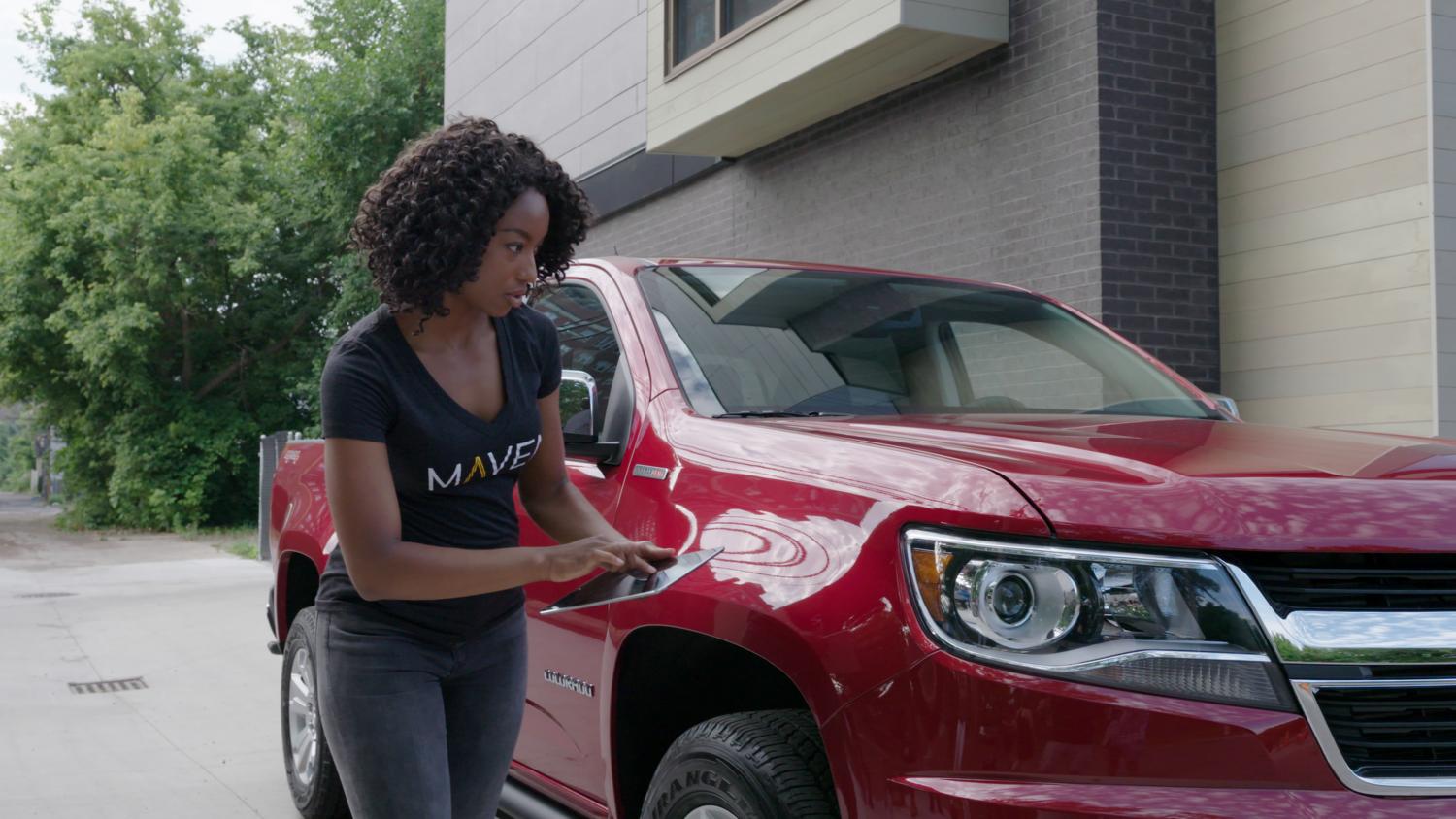
As GM’s mobility solution, Maven, turns three, the company's smart cities chief recently spoke with 3p to tell us more about the service and its evolution over time.
Auto manufacturers have been pondering the future of personal transportation for several years. Many of these companies have recognized that disruptive technologies mean the business model of selling cars to the public, the norm for over a century, will inevitably comprise a diminishing part of their revenue streams.
Automakers realize that instead of being car companies, they are increasingly in the business of personal mobility. By taking this broader view, this new reality will open up new business opportunities based on more creative scenario planning. App-based services, autonomous vehicles and micro mobility opportunities are all likely to change the personal mobility landscape going forward.
As a result of this changing environment, General Motors’ executives, musing on the future of mobility, created Maven three years ago. Alex Keros, Maven’s smart cities chief, recently spoke with TriplePundit to tell us more about the service and how it has developed over time.
Maven is GM’s urban mobility solution; the app-based car sharing service allows members to rent a range of GM vehicles by the hour to meet their needs. Options include renting a Chevrolet Bolt electric vehicle for running around town, or reserving an SUV for adventures further afield.
In addition, Maven supports peer-to-peer car sharing as well, whereby owners can rent their personal vehicle to other members when they’re not using it.
Keros told 3p, “the phone becomes the key-fob,” allowing members to locate, reserve and unlock a vehicle for their use, for as little as an hour at a time.
The service represents a bit of a switch for GM, as Keros said the company is “going from the core business of selling $35,000 cars, to $10 transactions.” Meanwhile, GM and Maven are forging personal relationships with their customers as opposed to serving them indirectly through dealer networks.
This shift also alters the demographics of GM’s typical customer. The sharing service is popular on the east and west coasts, where GM is less strong with car sales, as 80 percent of car sharing members are millennials.
Car-share services are not new, of course, and today, Maven would appear not only to have competition with other companies in this space, but also with services like Uber and Lyft; all are vying for the public’s personal mobility dollars.
However, Keros said Maven is not in direct competition with Uber and Lyft, as the company works with these ridesharing companies through Maven Gig.
Maven Gig makes assets available to people working in the gig economy who either drive for e-hailing services, or work for food delivery services such as Grubhub. Keros described this service as “a job in a box,” in that Maven supplies the vehicle and the insurance, for an all-in weekly rental fee. In this way, Keros said the service is complementary to other companies in the gig economy, and for many drivers, Maven Gig is preferable since it alleviates the need for drivers to secure the capital to purchase a vehicle of their own.
Maven Gig also offers the public an opportunity to experience driving in an EV. A key part of Maven’s service is a fleet of over 1,000 Chevrolet Bolt EVs. Keros estimated over 3 million people have ridden in the backseat of a Bolt EV because of Maven.
But beyond providing a useful service, Keros told 3p that with Maven, “the objective is to be a thoughtful corporate citizen by working with cities,” explaining that in collaboration with certain cities in the United States, they have worked to find ways to reduce both congestion and emissions.
For example, Maven has worked with the city of Los Angeles to ensure the service meshes with the city’s Sustainable City Plan, while also collaborating with utilities and infrastructure providers to deploy robust EV charging services.
Similarly, Maven has also worked with the city of Austin, Texas to set up a fleet of 20 Bolt EVs for freelancers working in the gig economy, and in conjunction with the Austin Transportation Department and the Rocky Mountain Institute, aims to create infrastructure solutions leading to an all-electric future.
In the three years since Maven launched, the service currently boasts 208,000 members and now operates in 24 cities in the USA, Canada and Australia.
As to a vision for the future, Keros said Maven remains committed to growing this market sustainably and predicted, “mobility will become much more seamless and flexible,” adding that as people increasingly want to get their side-hustle on, “peer-to-peer platforms are going to become more and more prevalent.”
Image credit: Maven

Phil Covington holds an MBA in Sustainable Management from Presidio Graduate School. In the past, he spent 16 years in the freight transportation and logistics industry. Today, Phil's writing focuses on transportation, forestry, technology and matters of sustainability in business.














